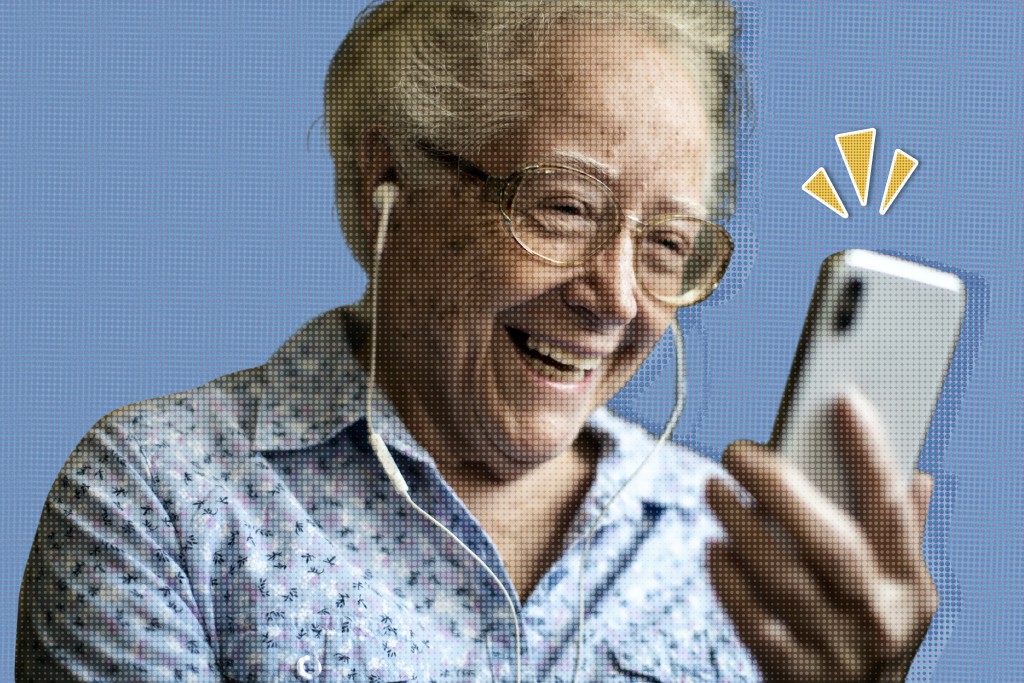Apparently, this is “no country for old men” – or women. But the data tells us that actually, it should be. According to estimations in this report from the World Health Organisation, by 2050, the population of over 60s will have doubled. Older people are becoming the main focus of many institutions, and countries such as the UK even have a Minister for Loneliness to combat unwanted solitude in old age. Spain is thinking about doing the same. Many brands have also shone a spotlight on seniors, with concepts designed by and for this age group.
Increased life expectancy has meant that companies selling goods and services are paying more attention to seniors, and the European Commission itself has come up with some guidelines for a new economic model focusing on older people that has really taken off over the last few years: the silver economy.

What is the silver economy and what are some of the changes it will bring?
This concept has been around for a while, having first been seen in the 1960s in Japan, a country with one of the oldest populations in the world. The silver economy consists of all economic activity that is targeted at people over the age of 50, which includes a lot more than just old age homes.
So, what sectors does it involve? All of them! In fact, this trend requires a lot of innovation, because the next generations that will reach this age bracket (which will be all of us eventually) will have more tech knowledge. A 2018 survey conducted by the American Association of Retired Persons reported that by 2030, Americans over the age of 50 will spend more than 84 billion dollars annually on tech products.
This survey also showed that 65% of people in the US between the ages of 55 and 64 use Facebook. This is closely related to the fact that we are seeing a new generation of senior gamers who are interested in e-sports. In fact, the same study showed that 38% of Americans play videogames.

Because this age group requires homes with adaptations that make them comfortable and that allow them to continue living in their own homes when physical or cognitive decline set in, their wellbeing can be improved by human habitat design and interior design.
When it comes to their contribution at work, thirteen percent of Japan’s workforce is made up of people over the age of 65, and this figure is expected to rise by 25% between 2016 and 2026. But this is about more than just numbers. As we said earlier, an increased life expectancy means new opportunities for economic growth and personal development. Seniors are already breaking all the rules when it comes to retirement, meaning that the short-term approach to employment that many companies have will no longer be appropriate.
More than the economy: Social inclusion
The silver economy is closely related to social inclusion: seniors retire from work, not from life. Diversity means accepting the reality of aging and the fight against ageism has already begun.
Joseph F. Coughlin, founder of the MIT AgeLab, says that “We are battling an idea of aging that is very old-fashioned. We have to stick to certain paradigms as we age, which is problematic given that the future of our planet will be affected by the actions of the oldest people on it. It also distracts companies from providing solutions for the real needs of this age group, which is becoming bigger, richer, and more demanding”.

This economic change that Coughlin refers to brings with it a cultural change that is redefining aging and longevity, meaning that these concepts are now associated with enjoyment and wellbeing. In fact, it’s already been shown that people who have a positive attitude to aging are less likely to develop dementia and often bounce back more quickly from physical ailments.
There are already new words popping up to describe this perspective on aging. Japanese gerontologist Takao Suzuki refers to this ‘new’ age bracket as ‘young-old’ (i.e., people who are independent) compared to ‘old-old’ individuals (i.e., those who are dependent). “People aged between 60 and 75 today are very different to those were the same age in the nineties”, says Suzuki.
Want to see how the silver economy is adapting to this new breed of seniors? Take a look at this post.




